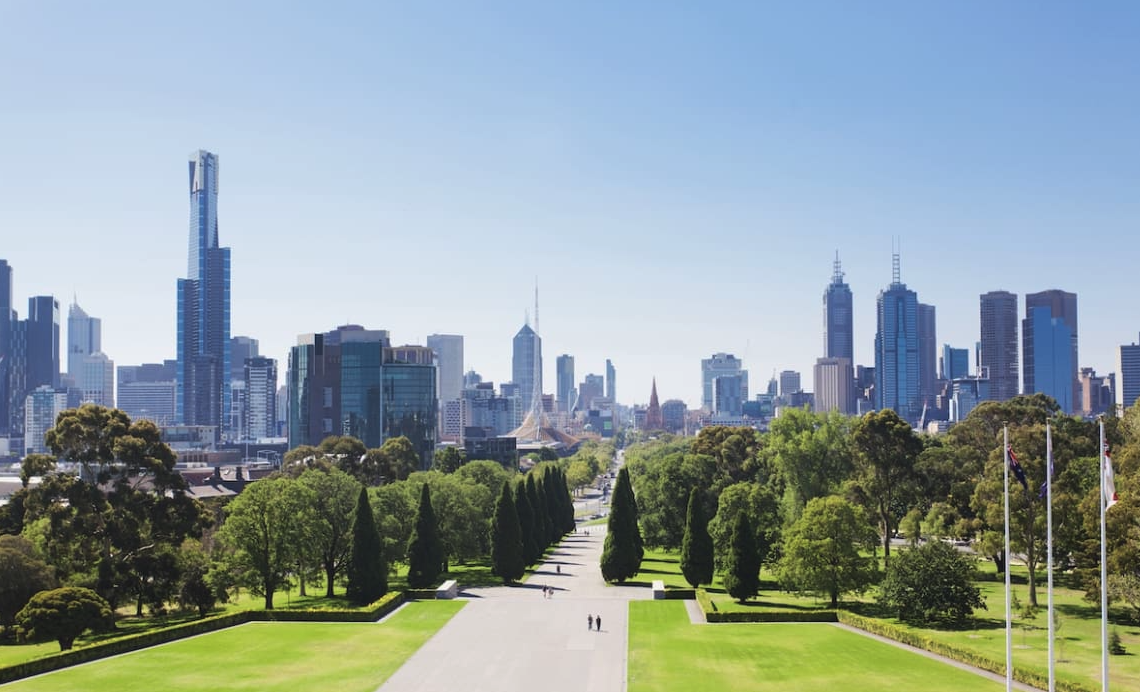Inside Sydney’s Ultra-Luxury Property Market: What’s Driving Demand in 2025
Simon Cohen, one of Australia’s top luxury property buyers, discusses the growing appeal of family homes, the rise of technology in high-end properties, and the neighbourhoods to dominate Sydney’s ultra-luxury market this year.
Q: Simon, what major trends do you think will shape Sydney’s ultra-luxury property market in 2025?
A: One of the most significant trends is the growing interest in family homes. People are increasingly looking at luxury homes not only as great places to live but also as sound investments. The demand for spacious properties, especially those catering to multi-generational living, will only grow in 2025.
Q: Do you think the preferences of luxury property buyers have evolved over the past few years?
A: Absolutely. Luxury property buyers today are far more discerning. While investment potential is still important, there’s been a noticeable shift towards a home prioritising lifestyle. Buyers are seeking properties that offer a balance of functionality and indulgence, a change from years past when location alone was often the deciding factor.
Q: What about the types of properties people are purchasing? Are buyers prioritising investment properties or homes to live in?
A: The trend is definitely leaning more towards family homes as primary residences rather than purely investment properties. Buyers are looking for homes that suit their needs now but also offer long-term value, both financially and in terms of lifestyle.
Last year, we saw this with the sale of Elaine, a historic mansion in Point Piper, which sold for $130 million, matching the national record. This was a prime example of a property that combines heritage, luxury, and the appeal of family living. Another noteworthy transaction was Rockleigh, also in Point Piper, which sold for $85 million.
Q: Are there any areas in Sydney that will gain prominence in the ultra-luxury market next year?
A: Suburbs like Vaucluse, Bellevue Hill, and Mosman continue to dominate the ultra-luxury market, but I think areas like Woollahra are gaining even more prominence. These neighbourhoods combine prestige with accessibility, and they’re becoming increasingly sought after by affluent buyers.
Q: What features or amenities are non-negotiable for buyers in the ultra-luxury market?
A: Quality is everything in this market. Buyers expect premium finishes and high-end features, such as smart home technology, custom-designed interiors, and amenities like home cinemas, temperature-controlled wine cellars, and private gyms. However, simplicity in technology is key. Buyers want features like automated curtains or heated floors, with a focus on ease of use.
Q: Since you founded Cohen Handler in 2009, what has been the most significant change in the luxury property market?
A: The biggest change is the sheer scale of what buyers are willing to spend. In 2009, we thought we’d seen big numbers, but those pale compared to today. The level of competition and the international interest in Sydney’s luxury market have driven prices to unprecedented levels.
Q: If you could give one piece of advice to someone looking to invest in the luxury property market in Sydney in 2025, what would it be?
A: Do your homework and seek expert advice. In this market, there’s a right purchase and a wrong purchase, and the difference could mean tens of millions of dollars. Knowing what you’re buying and understanding the potential value is absolutely critical.
Records keep falling in 2025 as harbourfront, beachfront and blue-chip estates crowd the top of the market.
A divide has opened in the tech job market between those with artificial-intelligence skills and everyone else.
The 2026 McGrath Report warns that without urgent reforms to planning, infrastructure and construction, housing affordability will continue to slip beyond reach for most Australians.
Australia’s housing market has reached a critical juncture, with home ownership and rental affordability deteriorating to their worst levels in decades, according to the McGrath Report 2026.
The annual analysis from real estate entrepreneur John McGrath paints a sobering picture of a nation where even the “lucky country” has run out of luck — or at least, out of homes.
New borrowers are now spending half their household income servicing loans, while renters are devoting one-third of their earnings to rent.
The time needed to save a 20 per cent deposit has stretched beyond ten years, and the home price-to-income ratio has climbed to eight times. “These aren’t just statistics,” McGrath writes. “They represent real people and real pain.”
McGrath argues that the root cause of Australia’s housing crisis is not a shortage of land, but a shortage of accessibility and deliverable stock.
“Over half our population has squeezed into just three cities, creating price pressure and rising density in Sydney, Melbourne and Brisbane while vast developable land sits disconnected from essential infrastructure,” he says.
The report identifies three faltering pillars — supply, affordability and construction viability — as the drivers of instability in the current market.
Developers across the country, McGrath notes, are “unable to make the numbers work” due to labour shortages and soaring construction costs.
In many trades, shortages have doubled or tripled, and build costs have surged by more than 30 per cent, stalling thousands of projects.
Need for systemic reform
McGrath’s prescription is clear: the only real solution lies in increasing supply through systemic reform. “We need to streamline development processes, reduce approval timeframes and provide better infrastructure to free up the options and provide more choice for everyone on where they live,” he says.
The 2026 edition of the report also points to promising trends in policy and innovation. Across several states, governments are prioritising higher-density development near transport hubs and repurposing government-owned land with existing infrastructure.
Build-to-rent models are expanding, and planning reforms are gaining traction. McGrath notes that while these steps are encouraging, they must be accelerated and supported by new construction methods if Australia is to meet demand.
One of the report’s key opportunities lies in prefabrication and modular design. “Prefabricated homes can be completed in 10–12 weeks compared to 18 months for a traditional house, saving time and money for everyone involved,” McGrath says.
The report suggests that modular and 3D-printed housing could play a significant role in addressing shortages while setting a new global benchmark for speed, cost and quality in residential construction.
Intelligent homes
In a section titled Weathering the Future: The Power of Smart Design, the report emphasises that sustainable and intelligent home design is no longer aspirational but essential.
It highlights new technologies that reduce energy use, improve thermal efficiency, and make homes more resilient to climate risks.
“There’s no reason why Australia shouldn’t be a world leader in innovative design and construction — and many reasons why we should be,” McGrath writes.
Despite the challenges, the tone of the 2026 McGrath Report is one of cautious optimism. Demand is expected to stabilise at around 175,000 households per year from 2026, and construction cost growth is finally slowing. Governments are also showing a greater willingness to reform outdated planning frameworks.
McGrath concludes that the path forward requires bold decisions and collaboration between all levels of government and industry.
“Australia has the land, demand and capability,” he says. “What we need now is the will to implement supply-focused solutions that address root causes rather than symptoms.”
“Only then,” he adds, “can we turn the dream of home ownership back into something more than a dream.”
A divide has opened in the tech job market between those with artificial-intelligence skills and everyone else.
Australia’s market is on the move again, and not always where you’d expect. We’ve found the surprise suburbs where prices are climbing fastest.



















